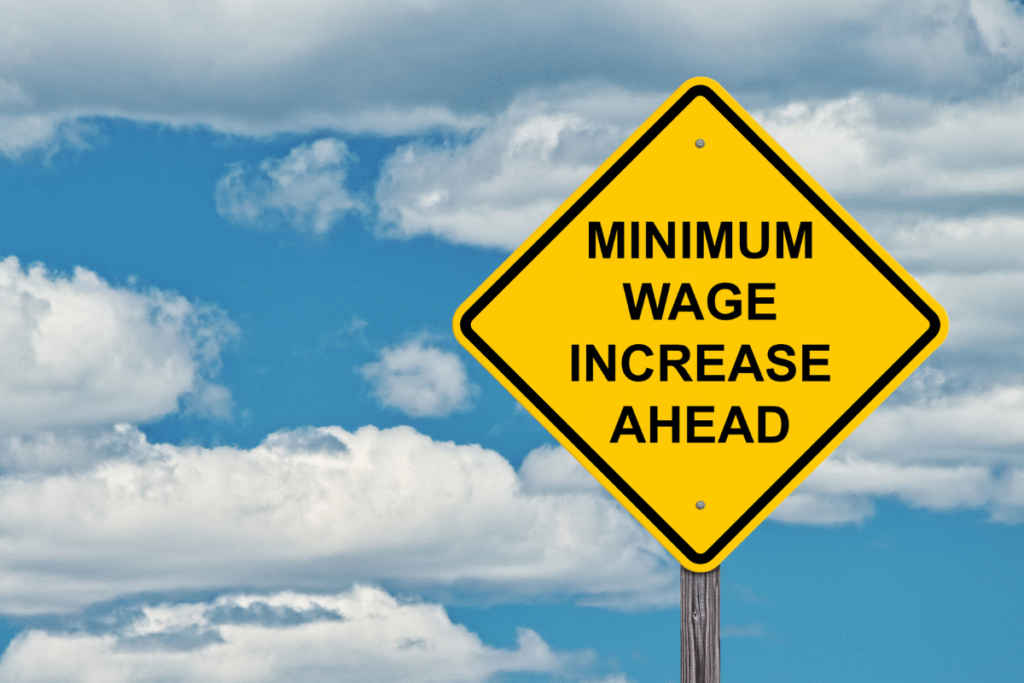The knowledge of Hawaii’s minimum wage is vital for employees, groups, and policymakers. With living costs in the state being among the highest in the U.S., debates regarding the Hawaii minimum wage 2025 as well as the ongoing history of the Hawaii minimum wage go on influencing the economic policy.
The payroll scheme that is practiced in Hawaii can throw some light on employment, affordability of the cost of living, and the condition of the Hawaiian economy. Important elements about Hawaii’s minimum wage.
An analysis of the legal and economic environment will yield insights into wage regulations.
The Current Hawaii Minimum Wage and Recent Changes
With constant updates to the Hawaii minimum wage, the contemporary situation finds living costs on the increase, thereby demanding fair payment forthwith. Legislative measures strive to provide some remuneration to the employees while at the same time trying to reduce the economic disparities, which sustain the commitment of the state to fair income levels and opportunities for the employees across all sectors in different industries.
- 2024 Minimum Wage Rate: Presently set to $14/hour.
- 2026 Increase: Increase to $16/hour.
- Comparison with Federal Minimum Wage: Above the federal minimum of $7.25.
- Living Wage Considerations: Higher wages correspond to the increased cost of living.
- Legislative Proposals for Further Adjustments: Ongoing to address the affordability ladder.
Statistical Insight
Reports indicate that Hawaii’s cost of living is 84% higher than the national average, driving the need for higher wage standards.
How Minimum Wage Impacts Local Businesses and Workers
Higher wages bring both advantages and challenges for employers and employees.
Economic Effects of Minimum Wage Adjustments in Hawaii
Increasing minimum wages certainly enables some economic relief to workers but, on the downside, imposes some burden on employers. Employers restructure their budgeting and hiring policies in order to adapt to increases in payroll costs, thereby striking a balance between profitability and employee good standards to ensure the sustainable growth of the labor force and economic endurance in a competitive job market.
- Employee Financial Stability: Buying essentials for employees.
- Plight of Small Businesses: Increased costs of operation due to wage hikes.
- Job Market Adjustments: Businesses reorganize workforce size.
- More Opportunities for Consumption: An increase in wages improves purchasing ability.
- Short-Term Costs vs. Long-Term Benefits: Wages should rise along with the economy and sustainability.
Statistical Insight
Research shows that states with higher minimum wages create an increase in local demand by 25%, and this acts as an advantage.
Historical Trends in Hawaii Minimum Wage History
Following a trend over the years would inform one about the policy’s decision and predict likely future occurrences.
Historical milestones in the Minimum Wage of Hawaii
Historically, minimum wage in Hawaii has been a series of events or a timeline of changing priorities in economy and legislation. Lawmakers consider inflation, the prevailing cost of living, and competition for the workforce while increasing wages that could benefit the employees in terms of sustaining their everyday living while easing the labor market for contractors.
- The year 2015: After years of being stagnant, the amount increased to $7.75 an hour.
- Increase in 2018: to $10.10 per hour.
- Thus, the legislation of 2022 adopted the gradual wage increments until 2028.
- Federal law versus State law: Hawaii had been explicit in setting minimum wages above that of the federal standard.
- Expert Opinions on Any Change Expected: There remains an assessment among policymakers on the sustainability of the changes in wages, if at all.
Statistical Insight
Economic reports have clearly shown that since the early 2000s, Hawaii wages have steadily exceeded federal minimum wage standards, an aspect of good state policy.
Comparison Between Hawaii’s Minimum Wage and Other States in the U.S.
National comparisons provide context to Hawaii’s wage policies.
Hawaii in the Wage Ecology of the U.S.
States have diverse wage policies that depend on regional economic conditions, cost of living considerations, and the needs of different industries. The minimum wage in Hawaii is, above all, shaped by high living costs, and thus Hawaii has tailored its wage strategy related to the local economic reality and worker necessities.
- More than Contiguous States on the West Coast: Wages of Hawaii are on par with those in California and Washington.
- Cost of Living Adjustments: Required increase considering issues of affordability.
- Inflationary Effect on Wage Standards: Adjusting wage rates in line with prices.
- Legislatively Debated Options for Further Increases: Continuing deliberating as to which options to accept.
- Support for Workers Struck with Low Income: Protections against wage theft exist to lift financial burdens.
Statistical Insight
Economic analysis shows that Hawaii minimum wage rate is closely allied with states that have similarly high living costs for maintaining parity.
Future Assessment and Policy Considerations
An evaluation by trend focuses attention upon wage adjustments and their ramifications.
Conclusion
Considering that the talk about Hawaii minimum wage in 2025 maintains the historical changes in Hawaii minimum wage history and the traits within the nation of wage guidelines, getting to know about Hawaii minimum wage helps facilitate the people and businesses to prepare for changes within the international economy.
To get professional perspectives on hard work policy and wage traits, recall to observe reliable monetary reviews and updates. 2Minuteread




